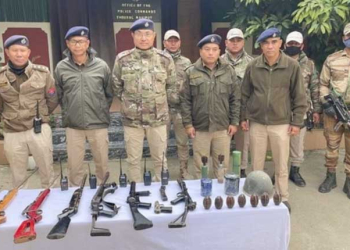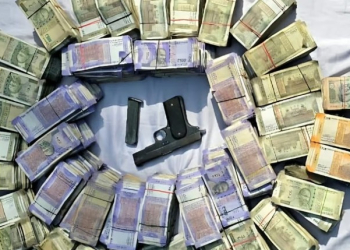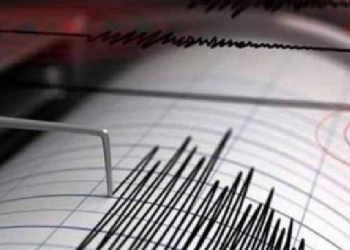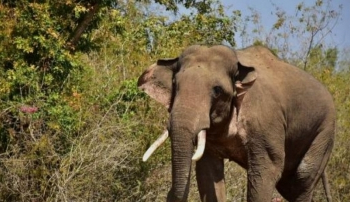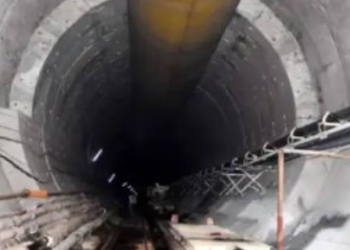New Delhi: Those days are gone when the breadwinners of the family would calculate and allocate a definite sum of money to buy essential commodities at the beginning of every month, even by adjusting their expenditure on other goods and services.
Now the scenario is quite different. Even with two or three members, a nuclear family is finding it difficult to control expenses when it comes to spending on necessary items like edible oil, pulses, milk, petroleum, etc.
With rise in inflation, the purchasing power of average Indian families has also come down.
“Until two years back, only my husband was working and it was difficult for us to buy basic things like pulses, rice, wheat and flour to sustain a family of five. Though my elder daughter is earning now, it hasn’t really made any difference because prices have increased equally,” said Radha Kumari, a 38-year-old homemaker, adding that even buying a week’s extra essentials seems tough now.
A working couple, who got married 10 years back and has been recently blessed by a baby boy, shared that they used to spend Rs 2,000 a week when they were newly-wed but now the grocery expenses have doubled.
With the birth of their son, which has added to the expenses, they are trying to curb their spending even for essential items due to soaring prices.
Inflation has for sure wreaked havoc in India this year. Among the top eight parameters like GDP growth rate, forex reserves, import-export etc. that shaped the country’s economy this year, it has been observed that soaring inflation has been one of the major factors to have affected the economy.
Simply said, inflation is the rate of growth in the cost of goods and services. In India, it is calculated year-on-year, which compares a month’s prices to those from the same month the year before. This rate allows us to estimate how much cost of living will rise over time.
Meenakshi (46), a mother of two whose husband is wroks as a car driver, told IANS that some time ago, Rs 5,000 was enough to meet the food expenses. Now, even Rs 10,000 is a challenging amount for them to meet the needs.
“Pulses that used to sell for Rs 60-80 a kg now sell for Rs 130-150 per kg, which is almost double,” Meenakshi said, adding that she used to buy an LPG cylinder for Rs 500 five years ago, which now costs more than Rs 1,000.
Meenakshi said: “The price of onions is so absurd! You cannot find anybody who sells them for less than Rs 25 per kg. They used to be sold for Rs 10 per kg. Earlier, we used to get tomatoes for Rs 10 rupees, as well as potatoes too.”
About something as essential as cooking oil, she said: “Earlier, I used to make two vegetables every day, but now I cook a single vegetable dish because refined oil, which I used to buy for Rs 70-80, now sells for almost Rs 200.”
Arhar pulse was priced at Rs 1,800 per quintal in FY 2000-01. It costs Rs 5,820 per quintal in FY 2022, a price increase of 224 per cent in 21 years.
Similarly, the price of gram (chana) has increased by 263 per cent, from Rs 1,400 per quintal in FY 2000-01 to Rs 5,090 per quintal in FY 2022.
The cost of lentil (masoor), green gram (moong), and black gram (urad) has climbed by 340 per cent, 253 per cent, and 264 per cent, respectively, during the period under review.
Simply said, one could get 59 kg of urad for Rs 1,000 in 2001, now one can only buy 16 kg for the same amount.
In Delhi, petrol now costs Rs 98 per litre, whereas in FY 2002-03 it was available for Rs 29.5 per litre, an increase of 233 per cent.
Diesel price was Rs 19 per litre in FY 2002-03, which has gone up to Rs 89.6 per litre now, an increase of almost 360 per cent in 19 years.
In simpler words, a consumer could buy 52-litre diesel for Rs 1,000 in 2003, which has come down to 11 litre in 2022.
According to the Ministry of Statistics and Programme Implementation data, food prices were 7.68 per cent higher in March 2022 compared to March 2021. This is the second highest food inflation since November 2020, when the Consumer Food Price Index – a measure of the change in the price of foods consumed by a typical family in India – was 9.5 per cent higher than the same period in 2019.
(IANS)



